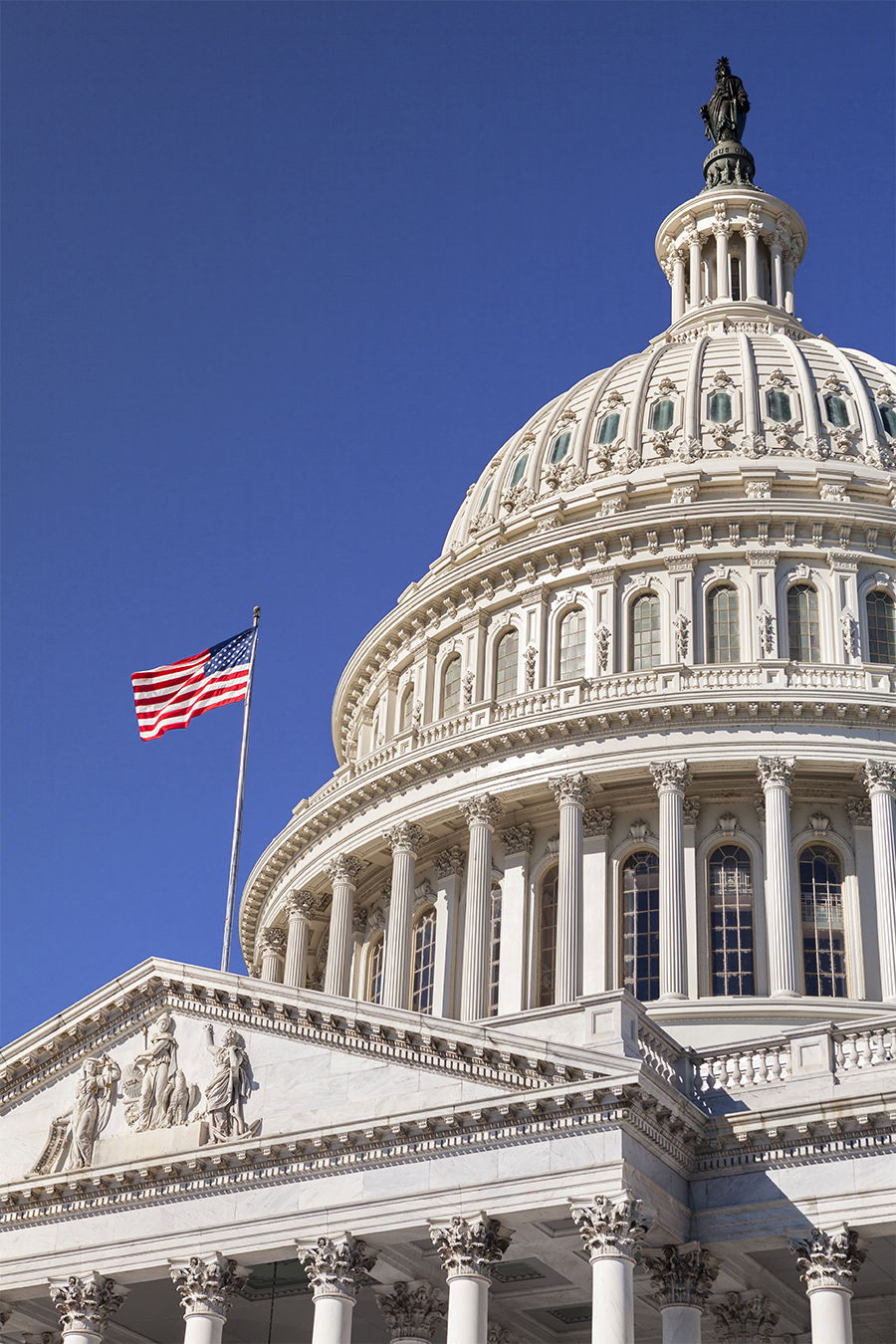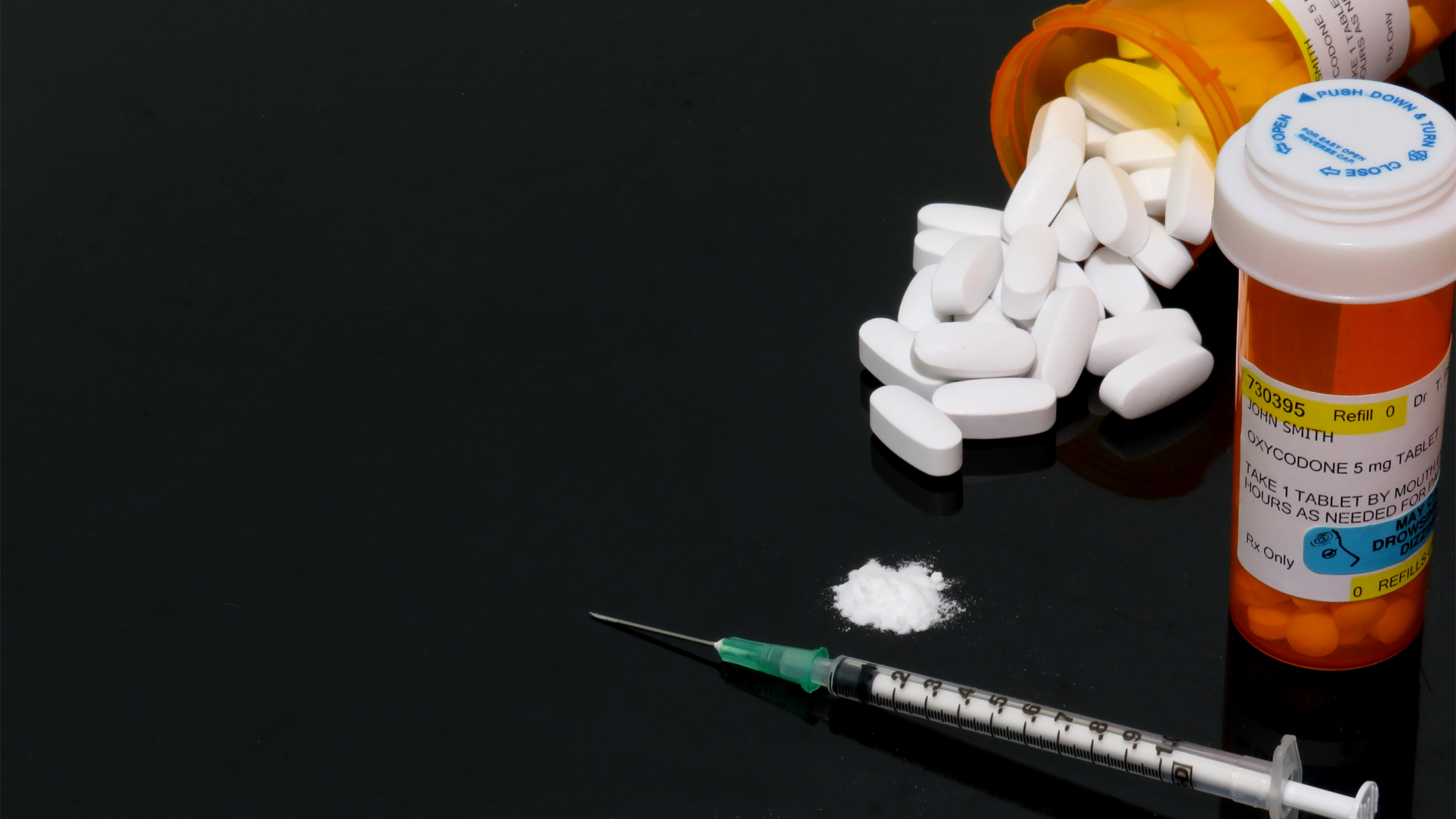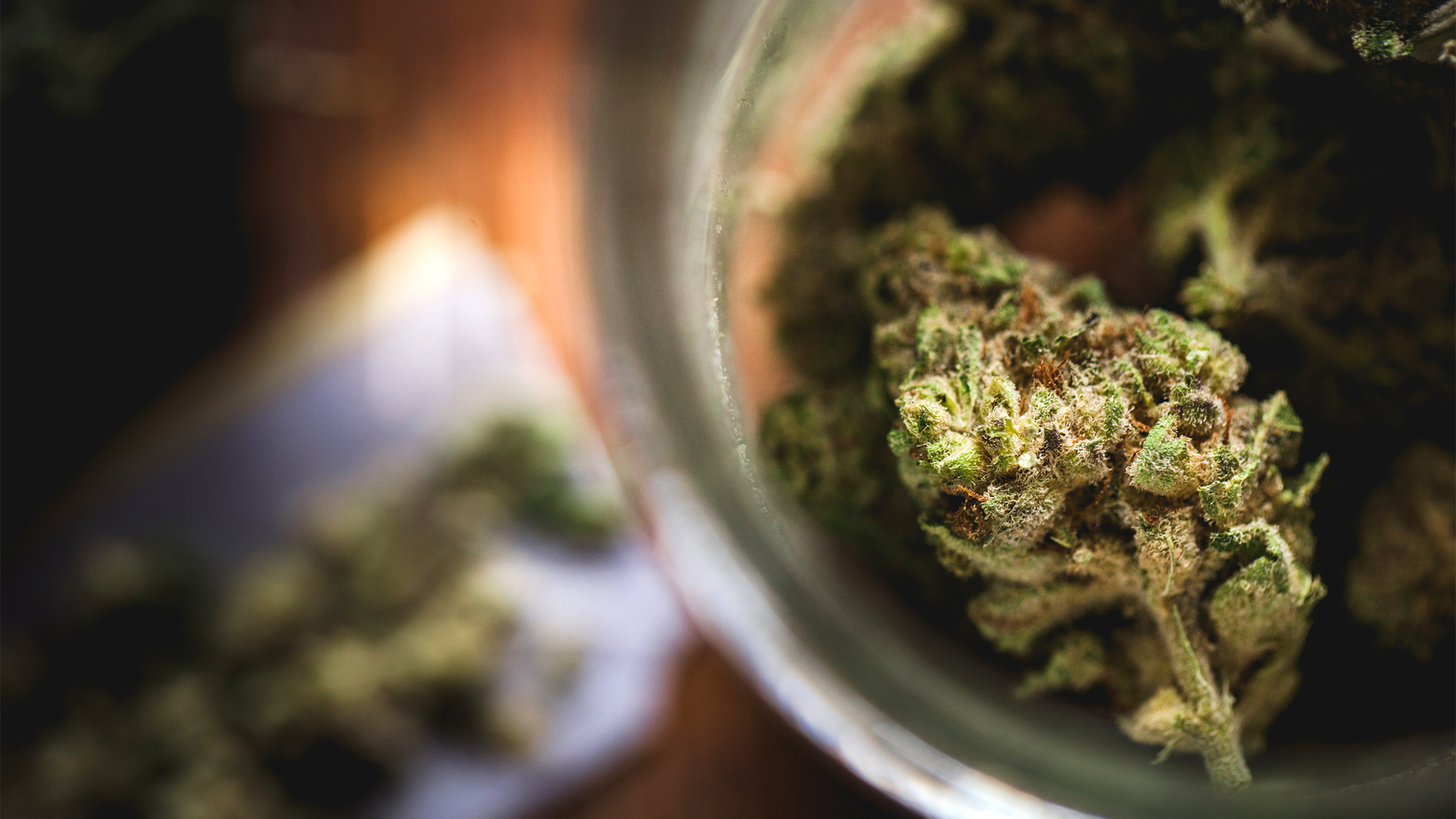This statement describes (1) what is known about the prevalence of recovery homes across the United States; and (2) investigations and actions selected states have undertaken to oversee such homes. It is largely based on GAO’s March 2018 report (GAO-18-315). For that report, GAO reviewed national and state data, among other things, and interviewed officials from the Department of Health and Human Services, national associations, and five states—Florida, Massachusetts, Ohio, Texas, and Utah. GAO selected these states based on their rates of opioid overdose deaths, their rates of dependence or abuse of alcohol and other drugs, and other criteria....










